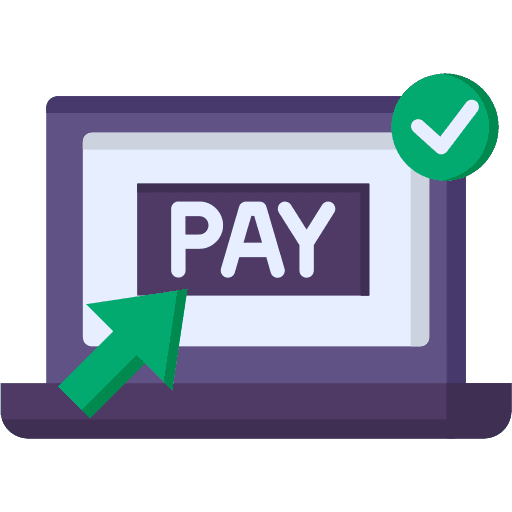
A corporate website is a company’s digital storefront. It serves as a platform to showcase your brand, highlight products/services, and engage with your target audience. Think of it as your online business card, providing essential information about your company, mission, and contact details.

An eCommerce website is an online platform that allows businesses to sell products or services directly to consumers over the internet. It’s essentially a digital storefront, providing a seamless shopping experience for customers.

A blog website is an online platform where you can share your thoughts, ideas, and experiences through written content. It’s a great way to connect with your audience, build a community, and establish yourself as an expert in your niche.

A portfolio website is a digital showcase of your work, skills, and experiences. It’s a powerful tool for creatives, designers, developers, writers, and professionals in various fields to attract potential clients or employers.

SEO, or Search Engine Optimization, is the process of improving a website’s visibility in search engine results. By optimizing website content, structure, and technical aspects, SEO helps websites rank higher for relevant keywords, attracting more organic traffic and potential customers.

A payment gateway is a crucial component for any online business, enabling secure and efficient transactions. It acts as a bridge between your website and the customer’s bank, ensuring smooth payment processing.

Website redesign involves updating the look, feel, and functionality of a website to improve its user experience and overall effectiveness. This may include changes to the website’s layout, color scheme, typography, and content structure. A well-designed website can attract more visitors, enhance brand image, and increase conversions.

WordPress theme customization involves tailoring a pre-built WordPress theme to match your specific brand and design preferences. This process can include modifying colors, fonts, layouts, and adding custom features to create a unique and visually appealing website.
